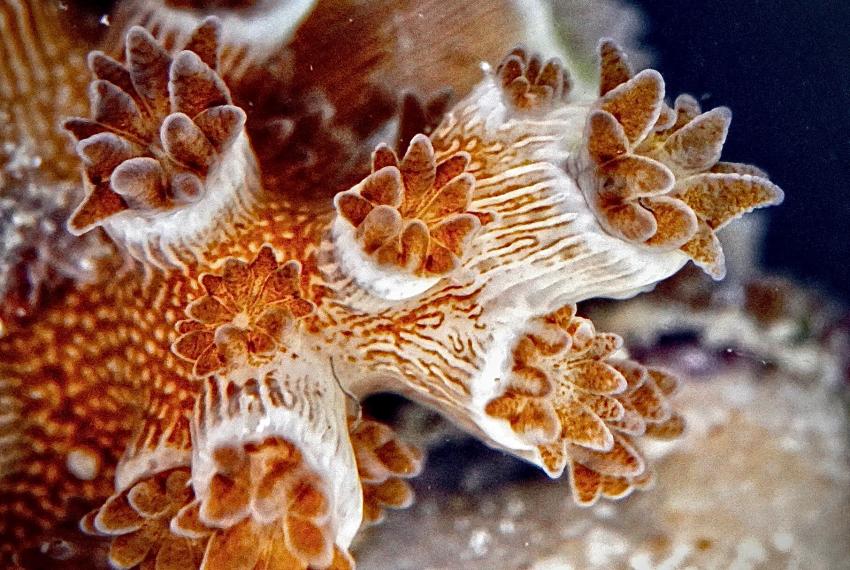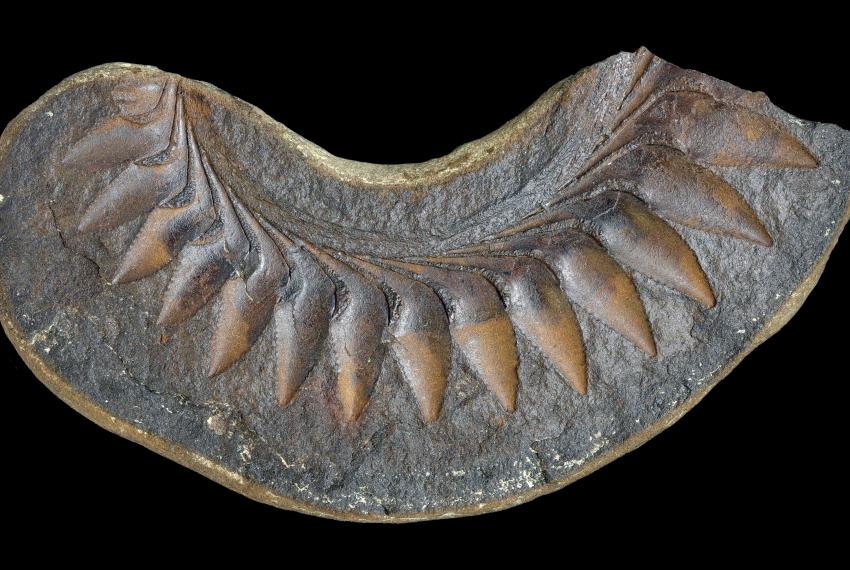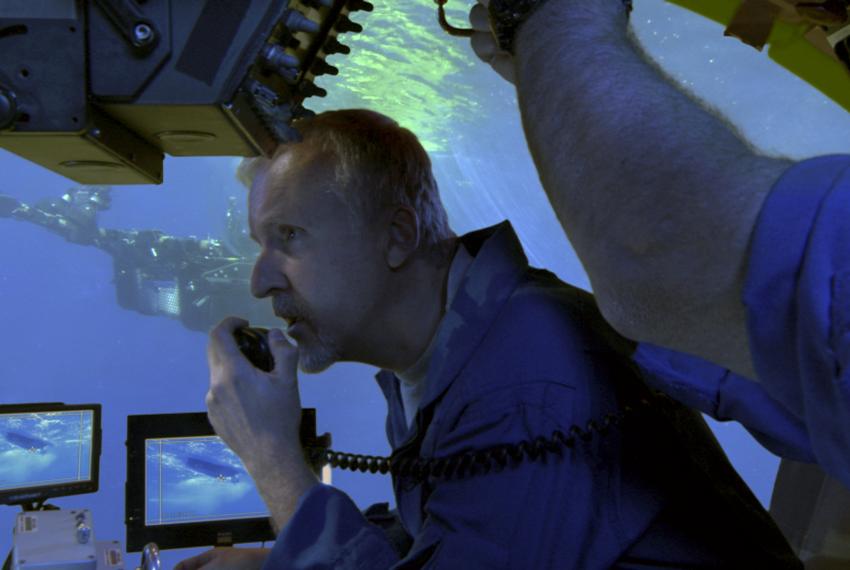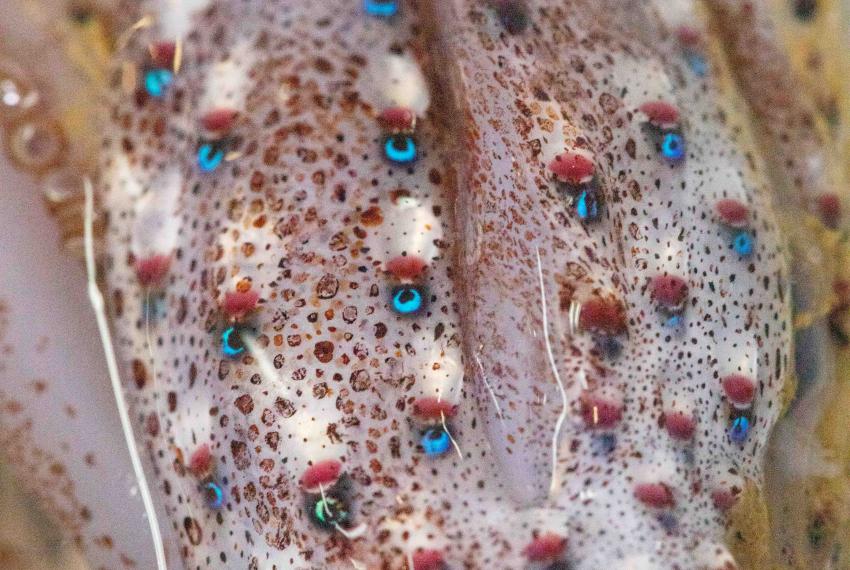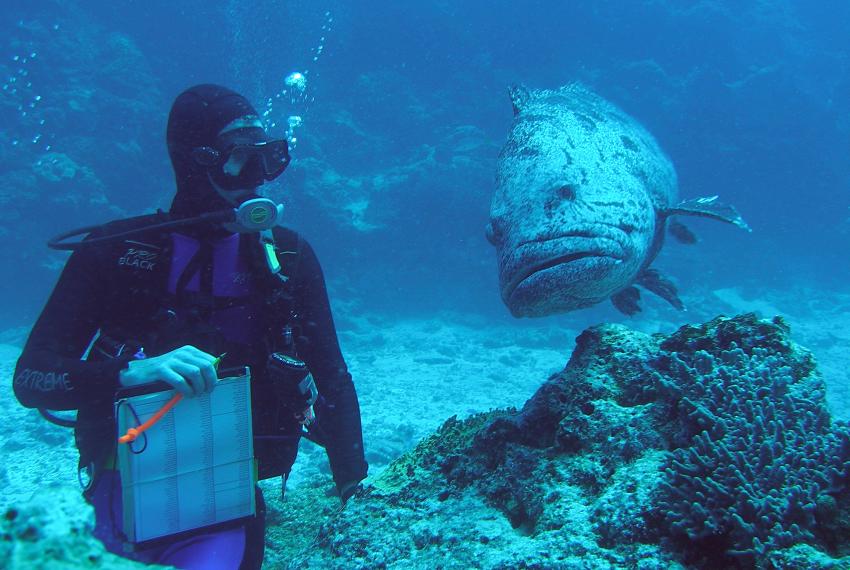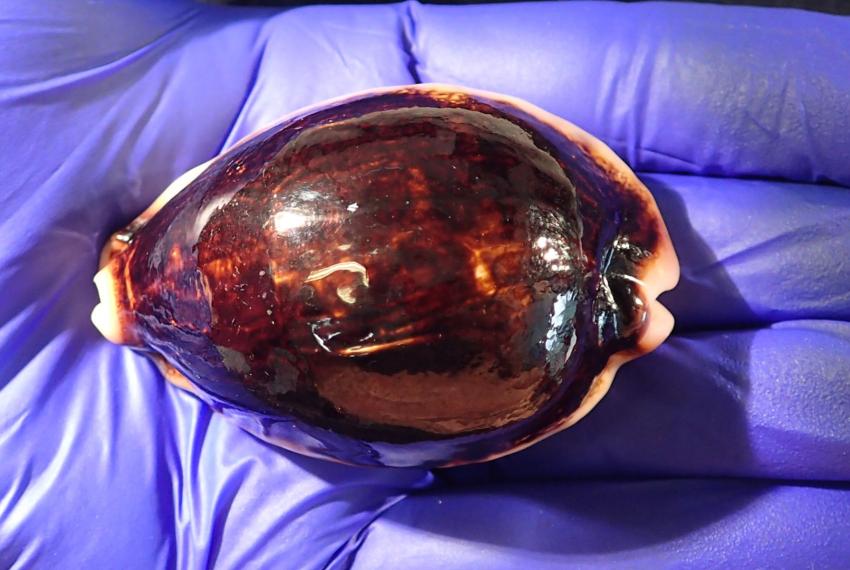Coral reefs are some of the most diverse and vital ecosystems on Earth, but there's more going on beneath the surface than meets the eye.
Every now and again palaeontologists come across a fossil so weird it takes decades of detective work to finally understand its relationship to other organisms. The 275-million-year-old Helicoprion is one of these enigmas.
On 23 March 2024, the WA Maritime Museum opens its doors to JAMES CAMERON – CHALLENGING THE DEEP, an exhibition by acclaimed explorer and award-winning film-maker James Cameron.
For most of the Western Australian Museum’s Aquatic Zoology team, a recent expedition to Gascoyne Marine Park delivered a treasure trove of weird and wonderful creatures from depths of up to 5000m below sea level.
International Museum Day Opinion Piece by Alec Coles, CEO WA Museum
On May 18th we celebrate International Museums Day.
Millions of years ago, while dinosaurs ruled the land, ferocious reptiles over 20 metres long hunted and ruled the sea.
Dr Glenn Moore is the Curator of Fish at WA Museum and the State-recognised authority for the identification and taxonomy of marine and freshwater fish. He is regularly involved in scientific projects to grow our understanding of Western Australian biodiversity and biogeography.
Have you ever wondered what interesting facts slimy aquatic snails and underwater creatures can tell us about the world they live in?
Also known as “molluscs”, these gastropods are the second largest phylum (or group) of invertebrate animals in the world.
A recent fieldtrip with Wunambal Gaambera Aboriginal Corporation (WGAC), saw some of our scientists carry out exciting research on Wunambal Gaambera Country in the far north of the Kimberley region of Western Australia.
In a generous act of philanthropy, an incredibly rare and valuable black cowrie shell found in Western Australian waters was recently gifted to the Western Australian Museum’s Aquatic Zoology department.
